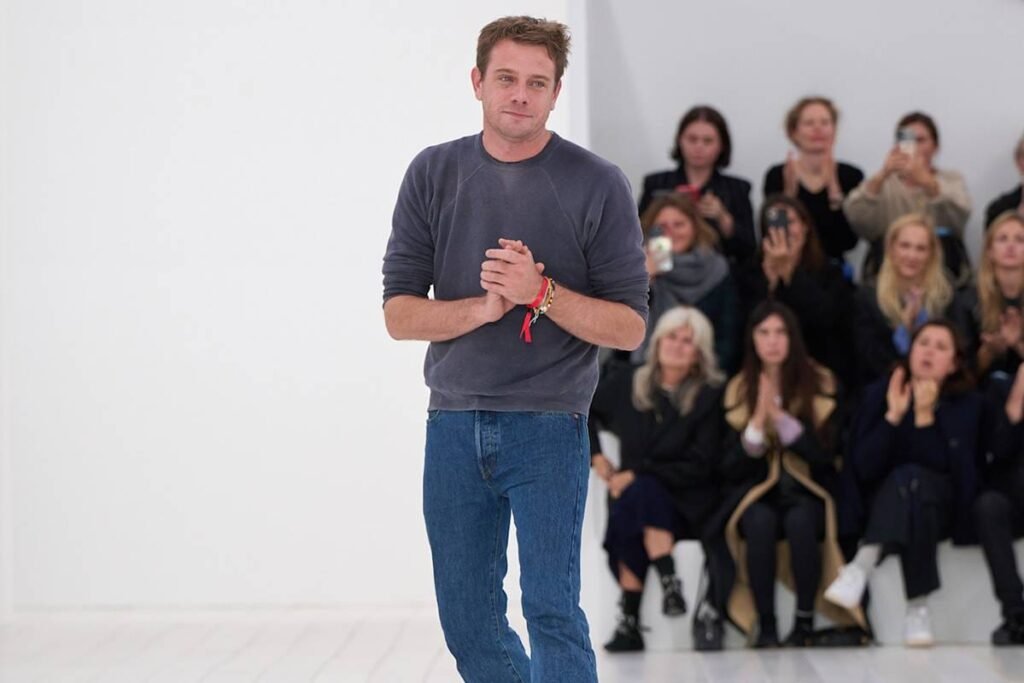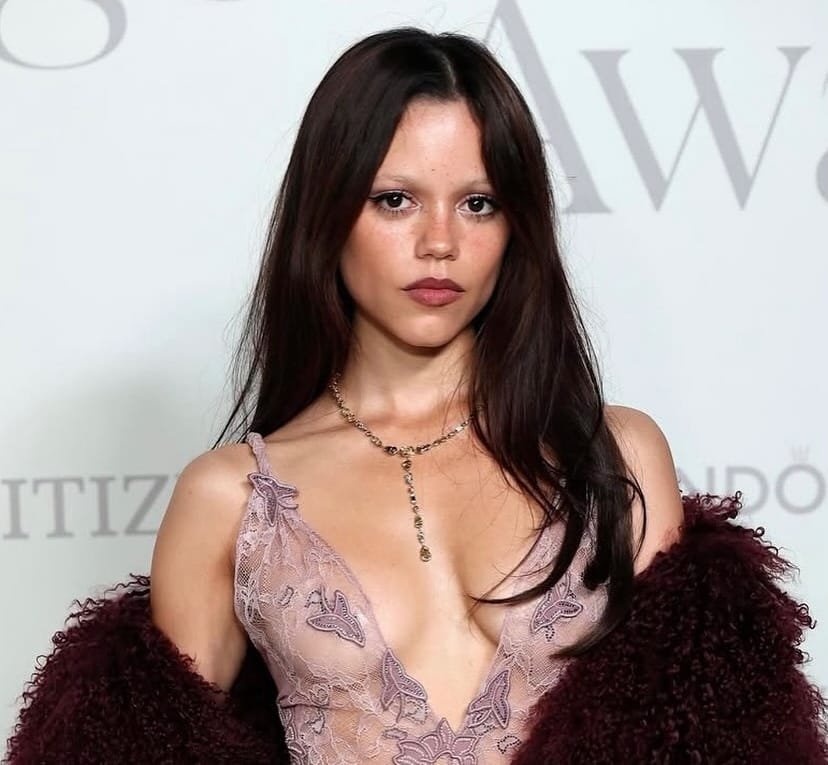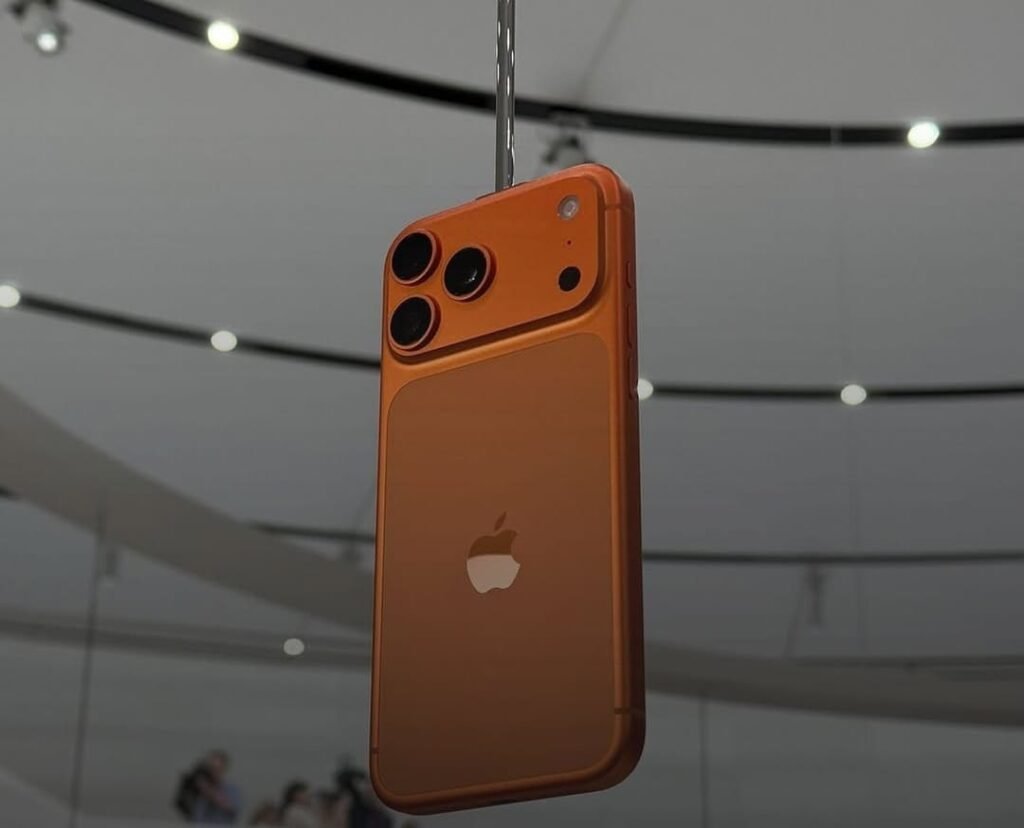
As the global luxury market faces economic headwinds, fashion’s elite houses are turning to a new generation of creative leaders. In recent months, some of the industry’s most iconic brands — including Dior, Chanel, and Gucci — have appointed relatively low-profile designers in their forties to navigate these challenging times with fresh vision and experience.
A Changing of the Guard
On Monday, Jonathan Anderson was officially named creative director of Dior’s womenswear collections, replacing 61-year-old Maria Grazia Chiuri. At just 40, Anderson becomes the first designer since Christian Dior himself to oversee both menswear and womenswear, including haute couture, for the legendary fashion house.
The Northern Irish designer’s appointment marks one of the most significant moves in a sweeping creative reshuffle across the luxury sector. Just months earlier, Matthieu Blazy, 40, was named creative director at Chanel, and in May 2024, Demna, 44, took the reins at Gucci after a decade at Balenciaga.
Economic Pressures Fuel Leadership Shakeups
These changes come in response to mounting economic pressure on luxury brands. After a post-COVID boom, the sector is grappling with sluggish recovery in China and potential tariff hikes in the U.S. — two of its biggest markets.
Despite Dior generating €8.4 billion in revenue and €2.7 billion in profits last year, the brand saw a double-digit decline in the second half of 2024, according to HSBC.
Chanel reported a 28.2% drop in net profit, falling to $3.4 billion, and a 5.3% dip in revenue to $18.7 billion.
Meanwhile, Gucci’s declining performance heavily impacted parent company Kering, which suffered a 62% collapse in net profits last year. Gucci’s sales fell 23% to €7.65 billion.
Experienced, Yet Fresh
While not household names, these designers bring a balance of innovation and maturity — a combination many believe is crucial for revitalizing luxury brands during uncertain times.
“There’s a desire to inject fresh energy with designers who are experienced but not looking to completely revolutionize the brand,” said Serge Carreira, a luxury industry expert and professor at Sciences Po Paris. “Their goal is to deliver a coherent, authentic message that aligns with the brand’s identity and evolving consumer expectations.”
Track Records of Innovation
Jonathan Anderson spent 11 years transforming Loewe into one of LVMH’s most celebrated success stories, while also running his own acclaimed label, JW Anderson. His resume includes designing iconic stage outfits for Beyoncé and Rihanna, as well as costume collaborations with filmmaker Luca Guadagnino for movies like Challengers (Zendaya) and Queer (Daniel Craig).
Matthieu Blazy quietly led the creative direction at Bottega Veneta from 2021 to 2024, infusing new life and fluidity into the brand’s signature woven leather aesthetic. Now at Chanel, Blazy is tasked with ushering in a new era following the death of Karl Lagerfeld in 2019 and the recent departure of Virginie Viard in June 2024.
Demna, known for his provocative and unconventional approach, helped Balenciaga surpass €1 billion in annual revenue. From platform Crocs to trash bag-inspired fashion, he pushed the envelope and cultivated a cult following among celebrities like Kim Kardashian and Isabelle Huppert. However, his legacy is also marked by a 2022 scandal involving an ad campaign featuring children in controversial styling.
What’s Next for Luxury Fashion?
The new era officially begins this year, with Jonathan Anderson debuting his Dior Homme collection on June 27 in Paris, while Demna and Blazy will present their womenswear debuts at Milan and Paris Fashion Weeks in September and October, respectively.
In a time of crisis, the luxury world is placing its bets not on flashy celebrity names, but on mid-career visionaries with proven success and the ability to evolve heritage houses without compromising authenticity.




